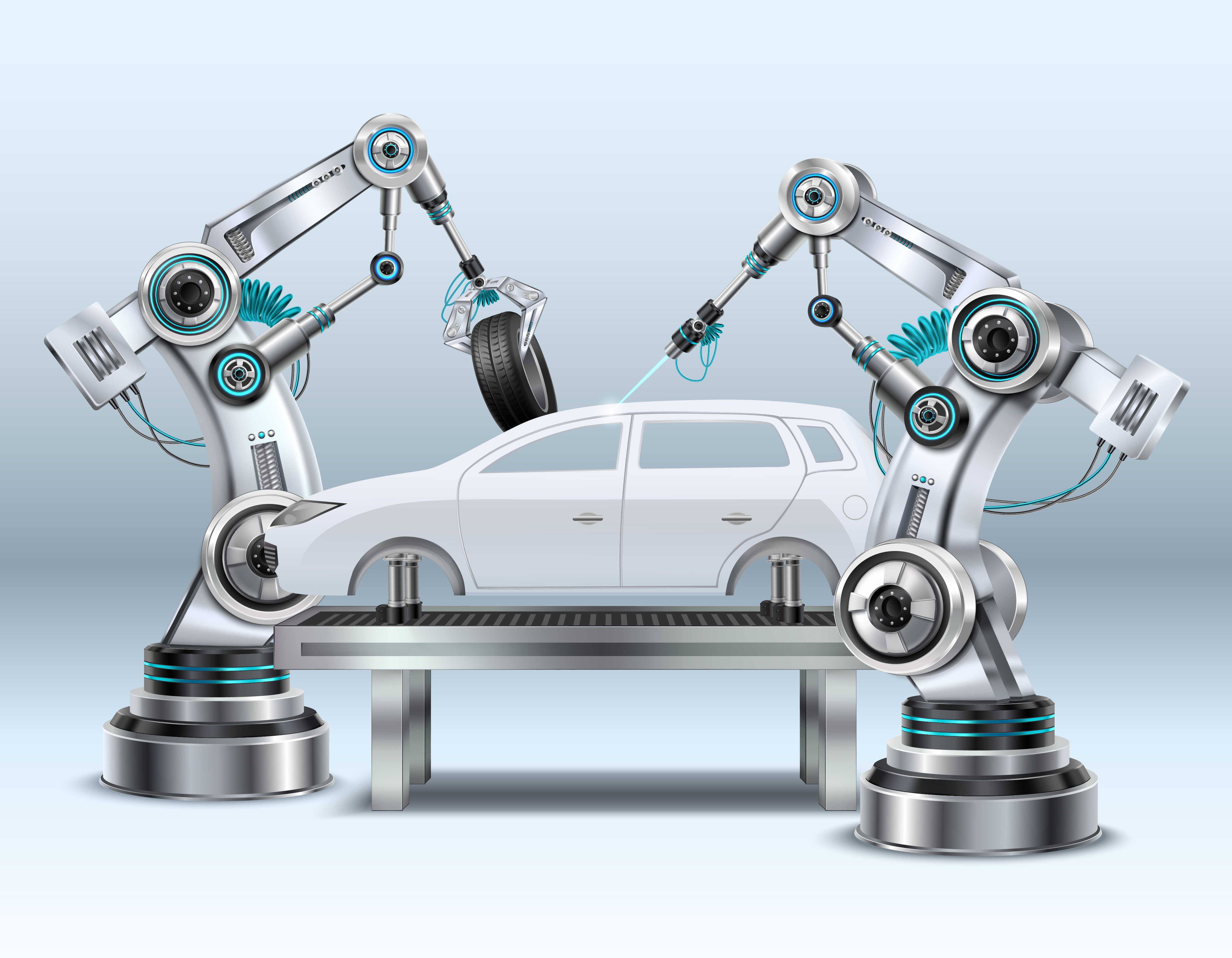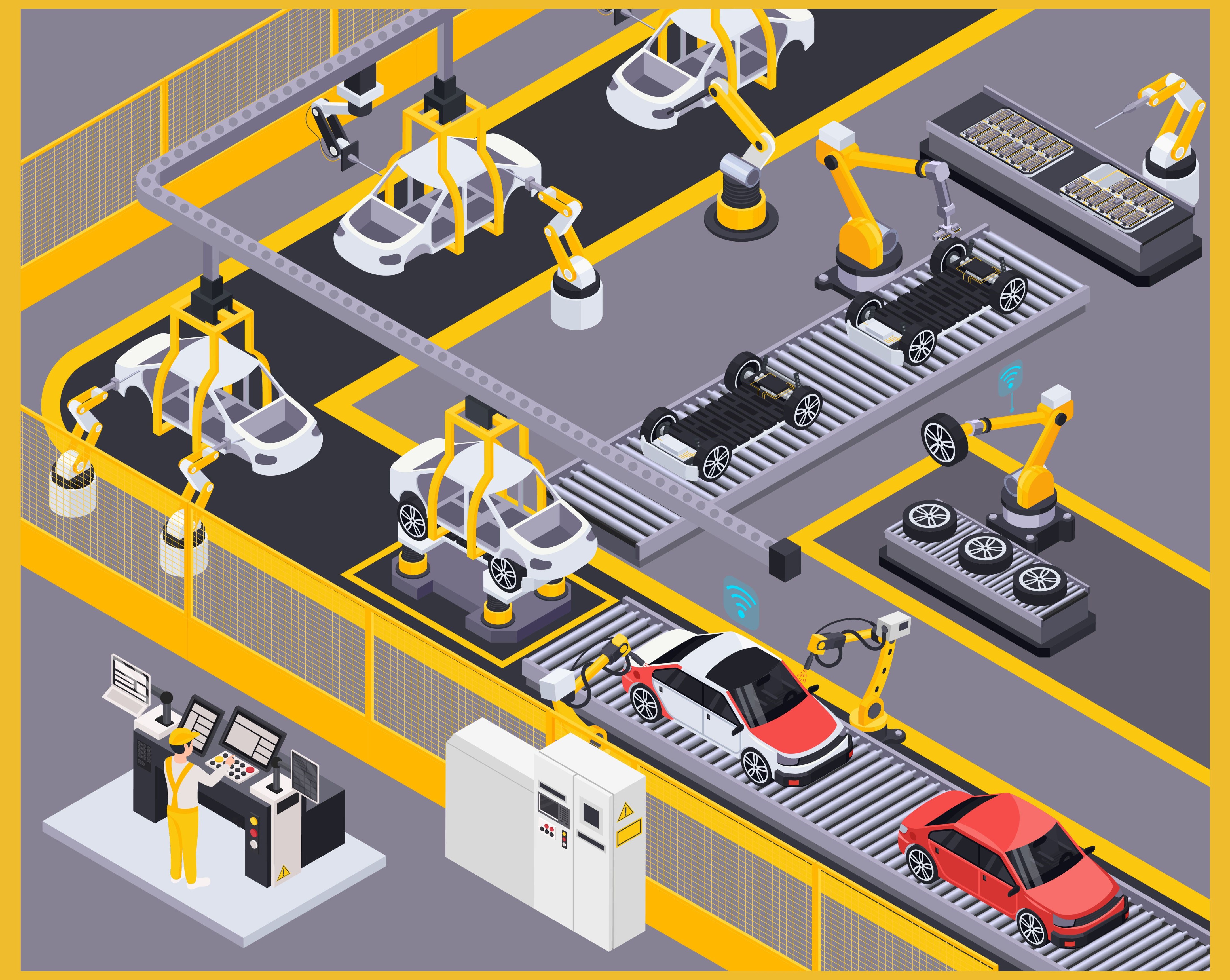Adopting AI in Automobiles: Overcoming Challenges and Setbacks
 Agile Deip
Agile Deip
The automobile business is at the forefront of technological progress, and AI is a big part of this revolution. Artificial intelligence (AI) can make cars safer, more efficient, and more tailored to each user. Still, many things need to be avoided before full AI integration. This article talks about the possibilities of adopting AI in automobile sector, the main problems that keep it from being used, common mistakes, how to avoid them, and future developments.
The Potential of AI in the Automobile Industry
AI will considerably improve the automobile business, fundamentally changing how cars are built, maintained, and driven. To keep cars safe, AI-powered technologies like Advanced Driver-Assist Systems (ADAS) look at information from many instruments and try to avoid accidents.

Automation and predictive maintenance are two ways that artificial intelligence in production reduces downtime and increases output. AI also improves driving by customizing entertainment systems and giving drivers personalized services and suggestions. You need to know about these promises to understand how AI might affect the car industry fully. Along with these, here are the most common benefits of adopting AI in Automobile sector.
Better vehicle safety: Advanced Driver-Assistance Systems (ADAS) use AI to look at data from different devices, which makes it easier to avoid accidents and keeps drivers safer.
Better Manufacturing Processes: AI-powered predictive repair and automation reduce downtime and make the production line more efficient.
Personalized User Experiences: AI is used by intelligent entertainment systems to make personalized suggestions and improve the driving experience as a whole.
The main problems with adopting AI in Automobile Sector
A lot of people think AI will change the car manufacturing business, but there are a lot of big problems that need to be solved. Companies may want to avoid working on AI projects because they fear the high start-up costs and the return on their investment.
Similarly, data privacy, integration with existing systems, and the lack of skills could be the major issues behind hesitating to leverage this technology in business. Let’s address these top issues in brief, as getting past these problems is essential for using AI successfully in the auto business.
High initial investment costs
- Implementing AI systems costs a lot of money, and the return on investment (ROI) can be hard to predict in the short term.
Security and privacy of data
- AI systems create and use vast amounts of data, which makes privacy and security very important.
Problems with integration
- Integrating AI with current technology and infrastructure can be challenging and require a lot of time and money.
Talent Gap
- More professionals with specific skills are needed to build and run AI systems.
Common Mistakes People Make When Using AI
When businesses start integrating AI into the automotive business, they often encounter common issues that can ruin their work: too much reliance on AI, not paying attention to data quality, and so many more. To get the results you want from your AI efforts, you must be aware of these traps and stay away from them.
Relying too much on AI: If you rely too much on AI without enough human monitoring, it could cause mistakes and problems you didn't expect.
Bad Data Quality and Quantity: For AI models to work well, they need big, high-quality datasets. Not having enough or good data can hamper AI efficiency.
Not Aligned with Business Goals: For AI solutions to work, they must align with business goals. When things are lined up right, resources are recovered, and chances are missed.
Not Taking into Account How Hard It Is: Using AI is hard, and your project could fail if you don't consider this.
Tips for Adopting AI Successfully
Companies should use innovative AI approaches to get around problems and avoid trouble. Making a clear plan for adopting AI that fits the company's goals is essential. This road map should spell out how AI technologies will be used together and what objectives must be met. With these strategies, the chances of successfully adopting AI in the automobile business are much higher.
The following steps should be taken by businesses to avoid these problems and get around them:
A clear roadmap for adopting AI: Create a thorough roadmap that connects AI projects to business goals and shows how to implement them.
Invest in workforce training: Give your workers the skills they need through training and development programs.
Strong Data Management: Use robust data management techniques to keep data safe and high-quality.
Work with Experts: Work with AI experts and technology companies to get the most out of their knowledge.
In conclusion
If AI is used in the auto business, it could lead to many new ideas and growth. However, for companies to be successful, they need to talk to reliable AI software development services about how to deal with big problems and avoid making common mistakes. Automobile companies can use AI to improve their competitive edge and change how they do business by creating clear plans, investing in people, and following strict data policies.
Subscribe to my newsletter
Read articles from Agile Deip directly inside your inbox. Subscribe to the newsletter, and don't miss out.
Written by
